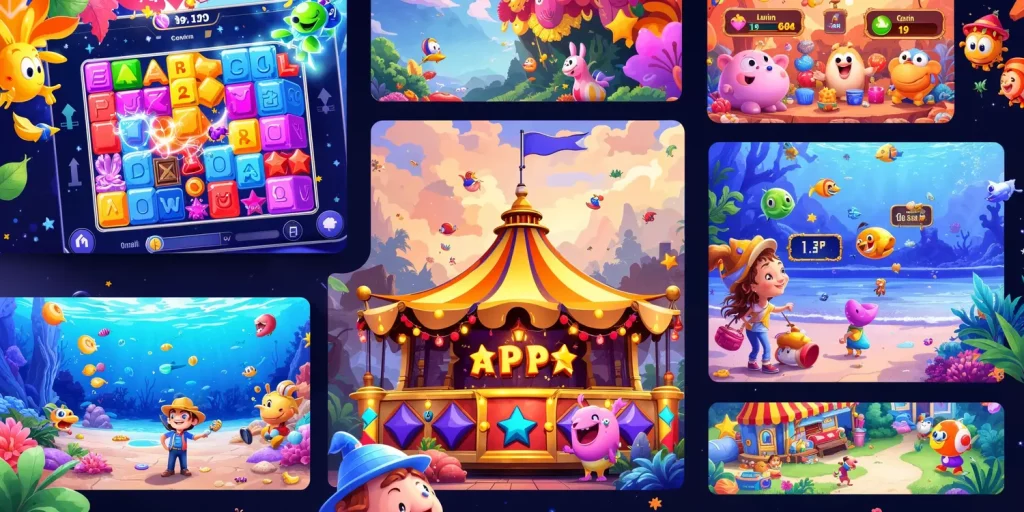In a highly competitive digital marketing landscape, brands are constantly looking for innovative ways to captivate their audiences. One strategy gaining momentum is the use of advergames. Advergames—video games designed to promote products or services—combine entertainment and marketing to create a unique, engaging experience. By incorporating advergames into your strategy, you can enhance brand engagement, drive customer loyalty, and set yourself apart from the competition.
At their core, games for advertising are interactive video games developed with the purpose of promoting a brand’s products, services, or values. Unlike traditional ads that rely on passive consumption, advergames actively engage users by making them part of a fun and immersive experience.
Advergames can be customized to reflect a company’s branding, from visual elements like colors and logos to gameplay that ties into specific campaigns. This unique blend of entertainment and marketing fosters a deeper connection with users, boosting engagement and brand recall.
Advergames captivate users, keeping them engaged for longer periods compared to static ads.
By associating your brand with a memorable, positive experience, advergames help users remember your message.
Track user behaviors, preferences, and engagement metrics to refine your marketing efforts.
With the right concept, advergames can be shared widely on social media, amplifying your brand’s reach organically.

Advergames have been used successfully by many companies to achieve specific marketing goals. Here are a few practical applications:
For instance, a skincare brand might design a game where users mix ingredients to create their perfect product, while a fitness brand could develop a step-counting challenge to engage health-conscious audiences. The possibilities are endless, limited only by creativity and the story your brand wants to tell.
Clearly outline what you hope to achieve with your advergame—whether it’s boosting awareness, driving sales, or gathering user data. Your objectives will shape the gameplay and messaging.
Collaborate with a creative team to develop a game idea that aligns with your brand and appeals to your target audience. This step involves brainstorming gameplay mechanics, visual elements, and storylines.
Partner with developers who specialize in creating engaging and technically sound advergames. Ensure the game is easy to play, visually appealing, and compatible with multiple devices.
Share your advergame on your website, social media platforms, and email campaigns. Consider offering rewards, such as discounts or exclusive content, to encourage participation.
Use analytics to track user behavior, time spent playing, and conversion rates. Refine the game based on these insights to maximize its effectiveness.

The digital landscape is shifting towards experiences that are more interactive and personalized. Advergames fit perfectly into this trend, offering a creative way to engage users and build meaningful connections. Unlike traditional ads that interrupt users’ activities, advergames invite them to participate actively, creating a sense of involvement and loyalty.
With advancements in technology, including augmented reality (AR) and artificial intelligence (AI), the potential for advergames is only growing. Brands that embrace this strategy now will position themselves as innovators, staying ahead of the curve in a rapidly changing market.
Advertising Games offer a unique and powerful way to connect with your audience. By blending marketing with entertainment, they create a lasting impact that goes beyond traditional advertising. Whether you’re launching a product, running a seasonal campaign, or looking to strengthen your brand identity, advergames can help you achieve your goals in a fun and engaging way.

Contact us today for a free consultation, and let’s start creating an interactive experience your audience will love.
Visit our Services page to learn more about how Virtexp Digital specializes in creative, high-impact advergames.
